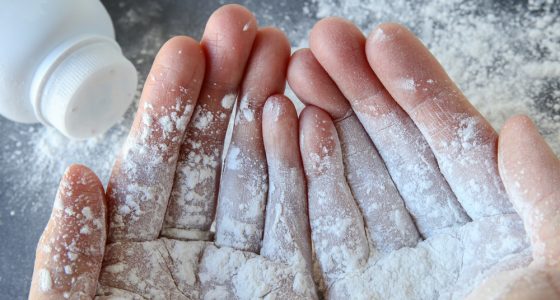Following review of a 2021 decision, a California appeals court has allowed a mesothelioma victim to retain $4.8 million in compensatory damages from talc supplier Whittaker Clark & Daniels but vacated an additional $3 million the jury had assessed in punitive damages. Though the majority of the panel said there was no evidence the company had deliberately hidden the risk posed by their talc, one judge wrote a strong dissent.

Mesothelioma Lawsuit Named Multiple Defendants
The mesothelioma lawsuit had been filed by Willie McNeal Jr., a 79-year-old Vietnam War veteran who blamed his mesothelioma on exposure to asbestos in multiple products. A jury awarded him $4.8 million, attributing 42% responsibility to Whittaker and smaller amounts to Bendix Corporation, R.J. Reynolds, and others.
They jury also awarded the mesothelioma victim $3 million in punitive damages, agreeing that Whittaker had been aware of the risks of asbestos in their talc in the 1970s and that the talc industry had hidden information about the risks from the FDA. A critical point was a letter written to the agency in 1976 by Frederick F. Roesch, executive vice president of Whittaker. The letter did not reveal test results that showed asbestos in the company’s talc.
Judge Disputes Panel’s Assessment of Talc Company’s Role in Mesothelioma
The majority of the panel ruled Mr. McNeal’s accusation of deliberate malice baseless, indicating that mesothelioma cases where punitive damages were appropriate included direct exposure to asbestos products rather than asbestos through products predating 1994. Justice John Shepard Wiley Jr. issued a sharp dissent, calling the talc company’s arguments “feeble” and noting that the most important point was that Whittaker, and particularly Roesch, had been aware that asbestos was in its product in 1976 and had concealed it.
Wiley wrote, “The reasonable inference is Roesch left out the bad fact to yield to an instinct as old as human nature: deny, deny, deny. Here is a bad fact. Cover it up. … No one contends there is some safe level of asbestos. A ‘trace’ of a toxin is a major problem. Whittaker’s letter could have said it found only a little asbestos, which would have been like a manufacturer saying its corn flakes contain only a little cyanide or the cake flour has just a bit of anthrax.”
If you or someone you love has been affected by exposure to asbestos, the Patient Advocates at Mesothelioma.net can answer all of your questions and guide you to the resources you need. Contact us today at 1-800-692-8608 to learn more about how we can help.
